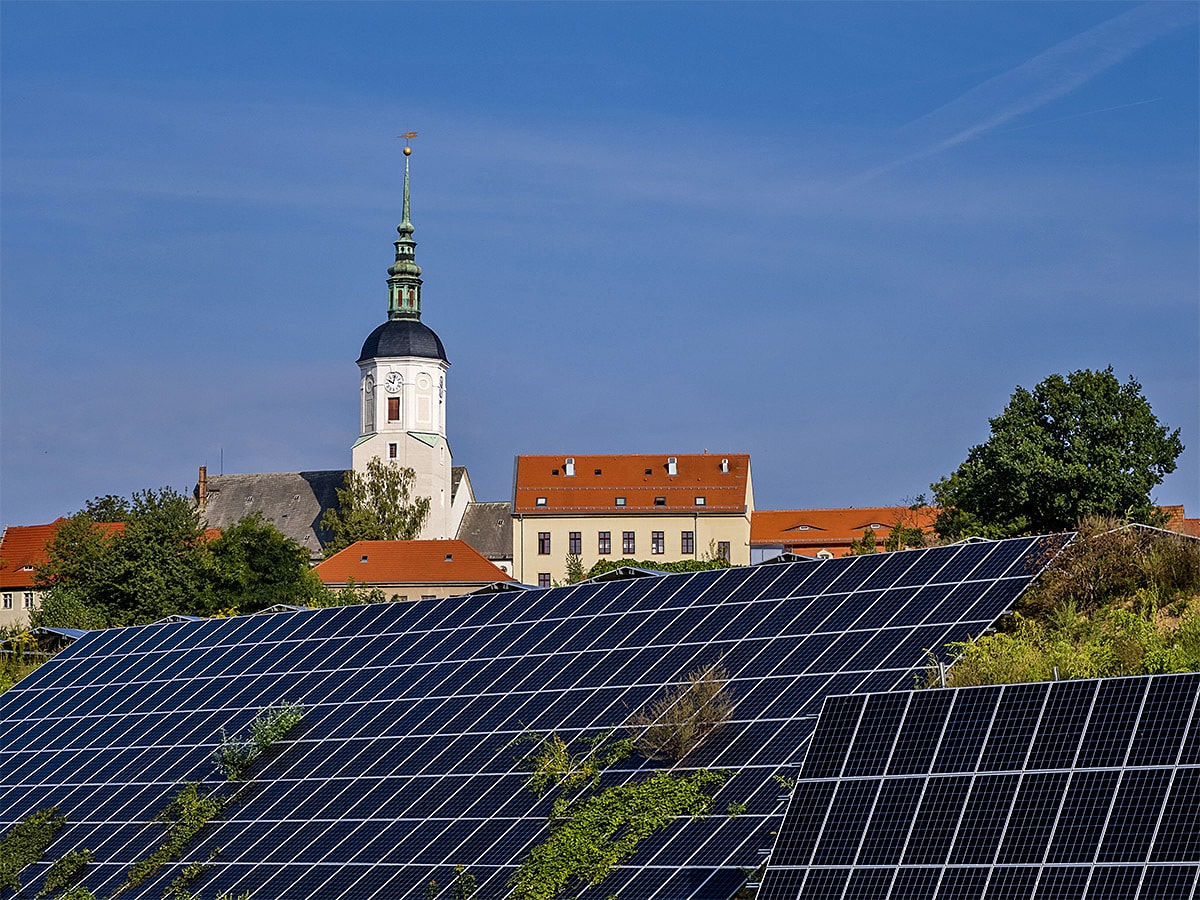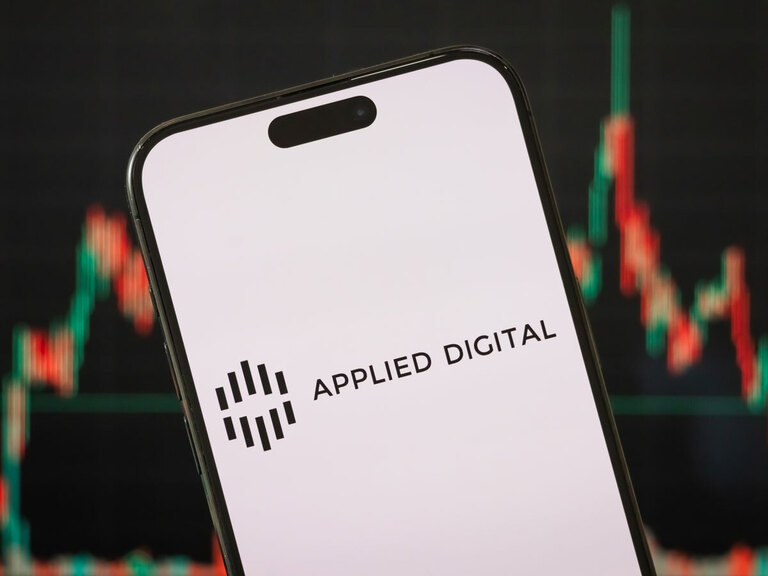The Global X Solar ETF has risen 22.5% over the past month to 27 May, fuelled by increasing demand for renewable energy. As Western governments seek to reduce reliance on Russian oil and gas, clean energy solutions like solar power are expected to benefit from this trend.
Launched in September 2021, the Global X Solar ETF [RAYS] seeks to invest in companies positioned to benefit from any aspect of the global solar technology industry, including solar power production and generation, the development of solar-powered engines and batteries, and other related technologies.
Global X sees solar energy as one of the most abundant energy resources on the planet. As a result, the ETF provider believes that increased adoption of solar power systems can help address global power shortages, as well as reducing pollution and fossil fuel consumption.
Despite strong tailwinds behind the sector, it has not been an easy start for the Global X Solar ETF. The sector experienced some dark days during the pandemic when solar supply chains were blasted by lockdowns. This included major disruption to solar inverter imports from key market China.
More recently, rising inflation and interest rates have made development costs look much less attractive to investors. The zero-covid lockdowns in China this year have also impacted the fund, which has a large exposure to solar firms in the country.
As a result, the Global X Solar ETF price hit a 52-week low of $16.20 during intraday trading on 26 April. The fund has fallen 15.4% in the year-to-date to $19.86 on 27 May, although is up 13.7% since the start of May.
China remains a bright spot
As of 30 May, the Global X Solar ETF had a year-to-date total daily return of -16.77% and total assets of $7.38m. Out of its 50 holdings, Chinese solar PV maker and developer LONGi Green Energy [601012.SS] had the biggest weighting of 8.56%. This is followed by US firm Enphase Energy [ENPH] at 7.59%, Tianjin Zhong [002129.SZ] at 7.7% and SolarEdge Technologies [SEDG] at 7.17%.
The LONGi share price is down 12.9% year-to-date as of 27 May but has risen 31.4% over the past month. The company recently reported that its first quarter revenues were up 17.3% to Rmb18.6bn. “We continue to lead the PV industry. LONGi sees significant potential for global energy transition and opportunities linked to the pursuit of worldwide carbon neutrality and has set itself the goal of achieving operating revenue of more than CNY 100bn in 2022,” it said.
While the Global X Solar ETF’s exposure to China — accounting for 54% of its total holdings — may be a risk to some investors in the current economic and political climate, the potential of this vast market is pivotal for the solar industry. China is aiming, according to Reuters, to add 75–90 GW of solar power this year as it seeks to meet its own net-zero goals.
Positive earnings have also helped lift the share price of Enphase Energy, which is up 22.8% in the past month through to 27 May. It reported record first quarter revenue of $441m, up from $301m in the year-ago quarter. The growth in revenues was helped by rising demand for its IQ8 Microinverter technology, which can form a microgrid during a power outage using only sunlight, providing backup power even without a battery.
Energy security set to ramp up
As a result of the war in Ukraine, the US, UK and EU have pledged to reduce their dependence on Russian energy. While this is likely to accelerate plans to ramp up fossil fuel extraction in areas such as the North Sea, the renewable energy sector is also expected to be a major beneficiary.
For example, the European Commission has proposed a plan to raise member states’ renewable energy target to 45% by 2030, compared with the previous target of 40%. The region is also looking to make solar panels mandatory for both public and new residential buildings by 2025 and 2029, respectively, and double the EU’s solar capacity to 600 GW by 2030.
According to Zacks Investment Research, the US market is also looking bullish. The Energy Information Administration expects solar capacity additions in the country’s power sector to total 20 GW for 2022, up from 13 GW in 2021.
The global solar power market is forecast to grow at a CAGR of 6.9% between 2021 and 2028 to $293.2bn, according to Fortune Business Insights, driven by the need for energy independence, as well as plans to tackle global warming and cut carbon emissions.
Disclaimer Past performance is not a reliable indicator of future results.
CMC Markets is an execution-only service provider. The material (whether or not it states any opinions) is for general information purposes only, and does not take into account your personal circumstances or objectives. Nothing in this material is (or should be considered to be) financial, investment or other advice on which reliance should be placed. No opinion given in the material constitutes a recommendation by CMC Markets or the author that any particular investment, security, transaction or investment strategy is suitable for any specific person.
The material has not been prepared in accordance with legal requirements designed to promote the independence of investment research. Although we are not specifically prevented from dealing before providing this material, we do not seek to take advantage of the material prior to its dissemination.
CMC Markets does not endorse or offer opinion on the trading strategies used by the author. Their trading strategies do not guarantee any return and CMC Markets shall not be held responsible for any loss that you may incur, either directly or indirectly, arising from any investment based on any information contained herein.
*Tax treatment depends on individual circumstances and can change or may differ in a jurisdiction other than the UK.
Continue reading for FREE
- Includes free newsletter updates, unsubscribe anytime. Privacy policy





